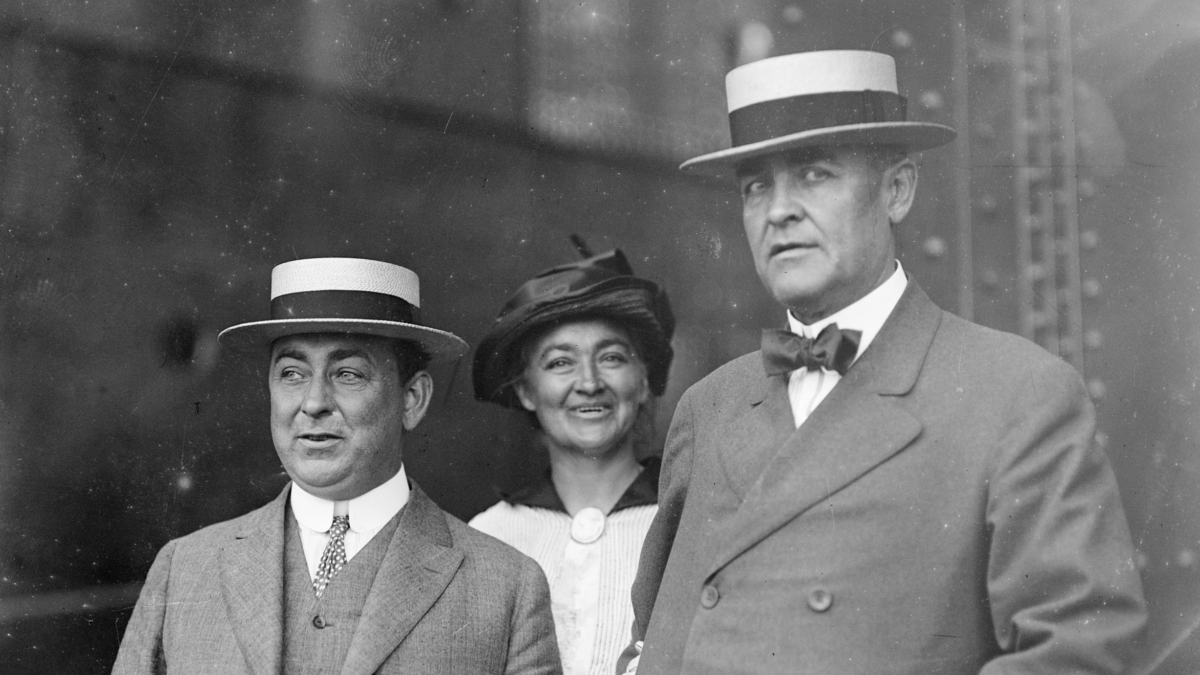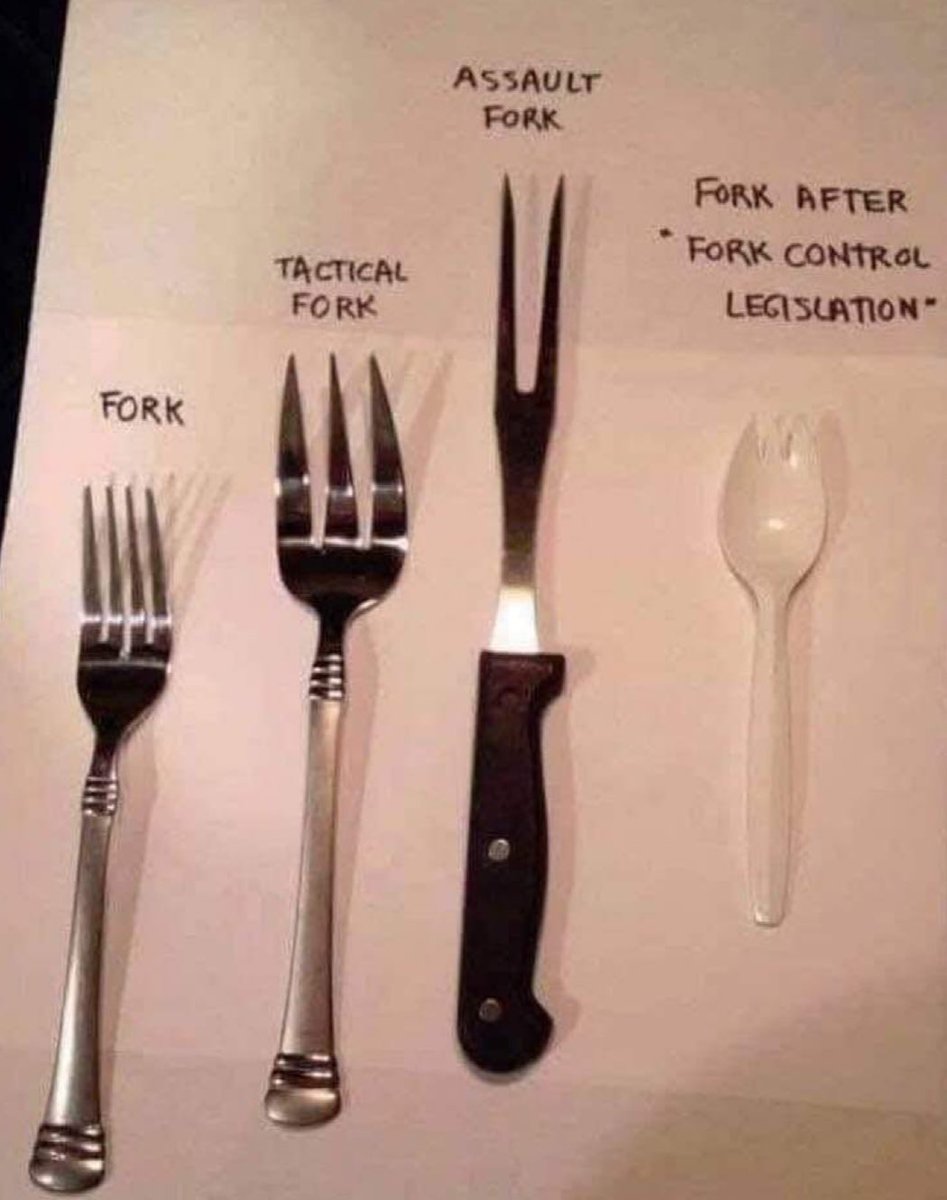Comment O’ The Day
“If rights are this absolute, however, then we cannot afford to recognize very many if government is to function.”
Now, that’s hardly true, or rather, it depends on the nature of the rights, and what you mean by government “functioning”.
For instance, for most of the nation’s history we got by with essentially zero in the way of regulation of what sorts of guns one could own. They were still selling anti-material rifles mail order when I was a child! People brought guns on airliners, and I mean in their carry on bags. You could send your minor children to buy ammo at the corner hardware store. And yet, we somehow had a government. That’s how much of a right to keep and bear arms still permitted a government to function.
We also survived having basically nothing in the way of drug laws for most of our history. Coca Cola had cocaine in it! And yet, we somehow had a government. You could have a right to ingest anything you damned well pleased, and still have a functioning government.
When you get down to it, for most of the nation’s history we had Grover Norquist’s ideal government: Small enough you could have drowned it in a bathtub. I think people generally don’t understand that: The amount of government we had for most of our history would be dismissed as anarchy today, and things worked.
Barnett has internalized the legitimacy of a degree of government intrusion on our lives that would have completely horrified Americans for the majority of our history.
Preliminary Thoughts on NYSRPA v. Bruen
A minor impact on gun laws but a potentially momentous shift in constitutional method
My contribution to a symposium on New York State Rifle & Pistol Association v. Bruen is now up on SCOTUSBlog. It is pithily entitled: A minor impact on gun laws but a potentially momentous shift in constitutional method. In it, I describe the extensive “shall issue” process I underwent to obtain my concealed carry license in DC for the many who have no idea what this process entails.
I had to pay an application fee of $75. I had to submit my application in person at the Metropolitan Police Department headquarters and be photographed and fingerprinted at an additional cost of $35. I had to pass a federal background check. I had to enroll in and pay for an approved firearms training course, which included 16 hours of classroom study of D.C. gun laws as well as the law governing the use of deadly force, plus another two hours of range instruction. In 2018, the course cost $250 plus $20 for the range fee. The monetary cost of the license amounted to $380. This was in addition to the $125 tax I paid to D.C. on the purchase of my handgun, which brought the total regulatory cost to $505. Since the course took 18 hours to complete, I took it on a Saturday and a Sunday so as not to lose two days of work.
There being no gun ranges in the District of Columbia, my course was taught in Virginia. The instructor was African American, and most of the other students in the course were members of underrepresented groups, which is unsurprising given the demographics of D.C. Since it is doubtful that any other Georgetown professor has a concealed-carry license, I suppose I too was a member of an underrepresented group.
Every two years, I must renew the license. If I miss renewing within the 30-day window before my permit expires, I have to start all over. So, two years later, I had to pay another $75 fee and complete a recertification class consisting of four hours of training, and two hours of range training from an MPD-certified firearms training instructor, which cost $160. I can afford all this, of course, though I cannot say the same for all other citizens of D.C.
This is the type of regulatory regime that, in Bruen, the court said it was not questioning: “[N]othing in our analysis should be interpreted to suggest the unconstitutionality of the 43 States’ ‘shall-issue’ licensing regimes.”
I then discuss my effort to understand Justice Thomas’s “text and history” alternative to the “tiers of scrutiny” doctrine that has dominated constitutional law since the 1950s. I explain why am still not sure I completely understand how it is supposed to work. The essay is long and I cannot truly summarize it my uncertainties and reservations, so you may wish to click through to read it here. Here is a taste:
There is, however, an even more fundamental question raised by Thomas’ text-and-history approach. It seems to assume that, once we use history to identify the “outer contours” of a constitutional right, then any such right bars not only prohibitions on its exercise but also trumps any statutory regulation of it. Prior to the New Deal, however, rights were not viewed as trumps on the regulatory power of government. Instead, the existence of a right barred the complete deprivation of it — that is, a prohibition — and statutes were “strictly” or “equitably” construed to avoid this result. And the existence of a right also required that a regulation be within the power of a legislature to enact. At the federal level, this meant a power delegated to Congress by the Constitution. At the state level, this meant what is called the state’s “police power.” While broad, the state police power was not unlimited….
Thomas seems to want to limit the original scope of a constitutional right by his historical inquiry. And then the right, so limited, may not be restricted in any way. If rights are this absolute, however, then we cannot afford to recognize very many if government is to function. This would explain Thomas’ apparent movement toward an “enumerated rights only” view of constitutional rights (though he has not yet committed himself to this view). But viewing rights as absolute in this way is quite modern and ahistorical, and its invocation in a purportedly originalist opinion is therefore surprising.
I do conclude with a tentatively proposed alternative:
Perhaps a better approach would have been to distinguish between prohibiting and regulating the exercise of a right. Any prohibition of the exercise of a constitutional right is per se unconstitutional. In contrast, a regulation of how a right may be exercised is permissible, provided the ends of such a regulation are within the legislative power of Congress or a state.
Under this distinction, because the “special need for self-protection” that was required by the New York system was “distinguishable from that of the general community,” the law amounted to a prohibition on ordinary citizens exercising their constitutional right to bear arms outside the home. Not only was this the scheme’s effect; it was also its intention.
By contrast, D.C.’s “shall issue” regime provides a means by which every “law-abiding” (per the background check) citizen of D.C. can obtain a permit, so it is not a prohibition of the exercise of a constitutional right. Unlike the New York law, it is a “regulation” because it proscribes the manner of exercising the right.
It may not always be easy to distinguish a prohibition of a right from a mere regulation of its exercise. For example, is a ban on a particular class of firearms a prohibition or merely a regulation of the manner by which the right to keep and bear arms may be exercised? However, at the extremes it can be quite obvious, as I think it is with New York’s law and the D.C. and Chicago gun bans the court held to be unconstitutional in Heller and McDonald v. City of Chicago. (Even after Heller, D.C. still regulates the types of firearms that can be kept in the home or carried concealed outside.)
Rather than use modern tiers of scrutiny, when considering the appropriate regulation of constitutional rights, we should look instead to the type of eyes-open arbitrariness or rationality review that preceded the adoption of modern tiers of scrutiny. This is not, I should stress, the same as the modern eyes-closed rational basis scrutiny, which the court today considers its default approach under its tiers-of-scrutiny doctrine. (See Dobbs. “A law regulating abortion, like other health and welfare laws, … must be sustained if there is a rational basis on which the legislature could have thought that it would serve legitimate state interests.”)
I put the sentence above in bold because I realize how prohibitions can be characterized as regulations and vice versa. But at the extremes there is surely a difference between telling someone they cannot do something and telling them how they must do it.
Such are my preliminary thoughts on the reasoning of Bruen, whose outcome I applaud. I look forward to benefiting from the thoughts of others about the text and history approach before reaching any final verdict on its merits.




